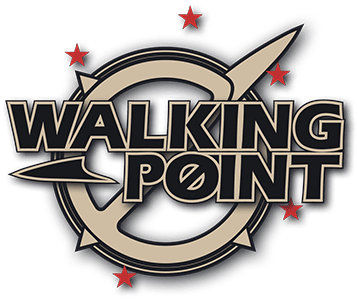Often, we know what we want, but when we try to plan a route to get there, we run into one of two problems.
- We see all the obstacles we have to overcome.
- Or we get so fixated on arriving at the destination that we never start moving.
In a recent post, I discussed how terrain models allow us to visualize the entire mission.
During the planning process, we build two terrain models: a large frame that provides an overview of the entire area and a second, smaller frame that depicts a blowup of the objective.
We always start a patrol order gathered around the terrain models with an orientation.
Get Oriented from Big to Small
We start with a wide-angle view that covers the entire area. This allows us to understand the enormity and complexity of the mission.
For a special operations mission, we might begin by identifying the borders of neighboring countries (these could be necessary if we must do a long-range evasion to escape enemy pursuit).
From there, we narrow down to major mountain ranges, rivers, highways, cities, towns, and villages.
Then, we narrow the focus to the second terrain model frame, labeled Actions on the Objective. This one covers the building we are targeting in greater detail.
The large frame lets us see the big picture, plan a route, and understand the obstacles we will face. By following it, we can reach the objective.
However, the large frame does not provide enough detail to explain what each team member will do when we arrive.
For that, we need to shift frames to the objective.
If we only use one frame, we put the mission at risk.
It’s not uncommon for us to default to one frame or the other when we are doing mission planning in our lives.
Some of us are ‘big picture’ people, while others are ‘detail-oriented’.
But we can all learn to shift frames.
The best way to start is to separate the two consciously.
The next time you plan a mission, begin as you usually do. Using your preferred frame.
Then, when you feel you understand the complexities of your mission well, take a quick break. Return to the problem, but commit to looking at it from a different perspective.
If you are naturally detail-oriented, expand your aperture. If you have big ideas, intentionally narrow your focus.
When you do, you will see things you may otherwise have missed, and the practice will become second nature over time.
Until next week,
Keep Walking Point
John
As a Walking Point free subscriber, you will receive the weekly newsletter every Thursday morning.
But, if you value Walking Point and support as a paid subscriber, you will get early access to certain posts, free downloads, and discounts on future offerings. You will get a mention in my next book’s acknowledgments section.
 |
$5.00 / month
Walking Point with John Dailey
|